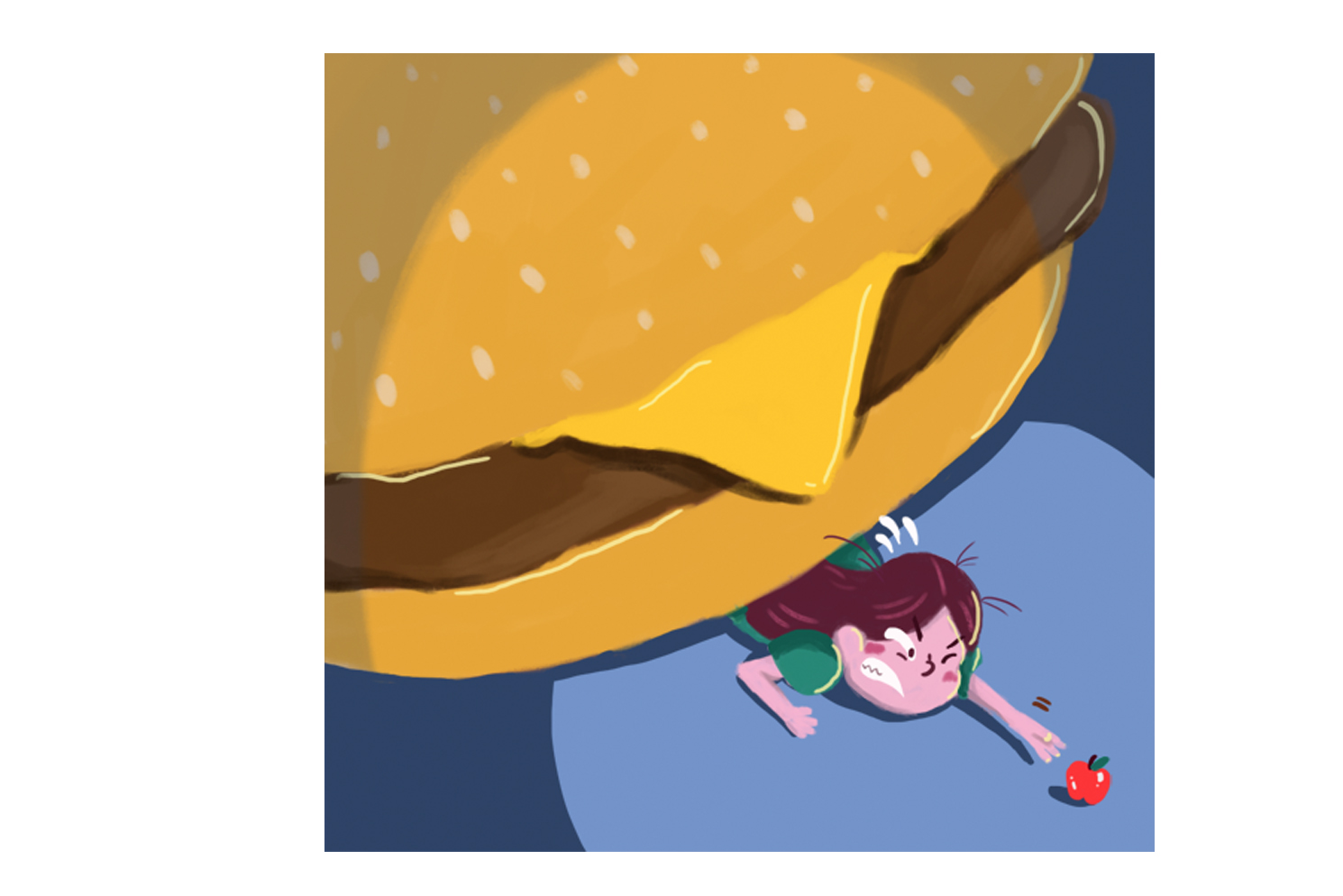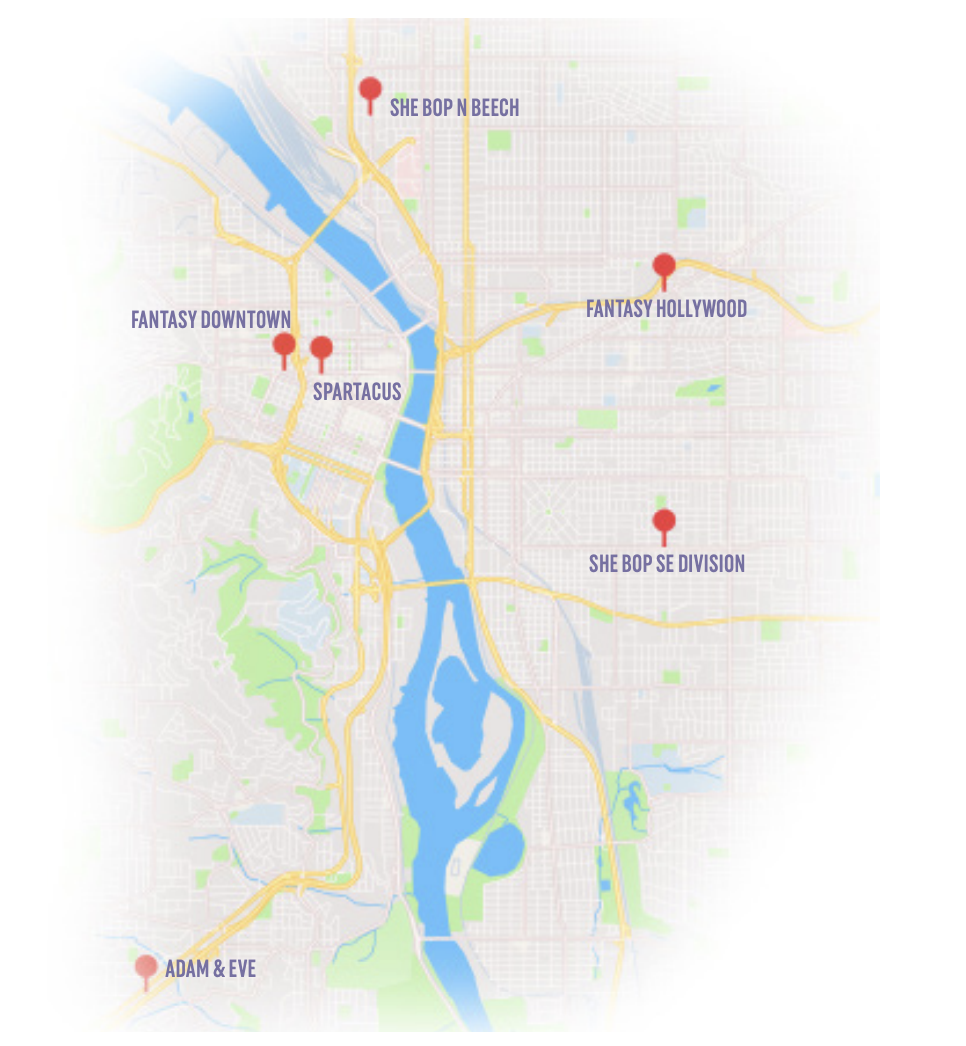“The health inspector is here!” Everyone I worked with in the food industry dreaded those five words. One person would scamper to fill buckets with clean water, measuring bleach with shaking hands while the rest rushed to the cooler to make sure the food was properly cooled.
40 below
“The health inspector is here!” Everyone I worked with in the food industry dreaded those five words. One person would scamper to fill buckets with clean water, measuring bleach with shaking hands while the rest rushed to the cooler to make sure the food was properly cooled.
In restaurants all over town, this twice-annual visit holds a new challenge. Back in 2004, the Food and Drug Administration passed a new law forcing the country to ratchet down its refrigerators to at least 41 degrees, a temperature proven cold enough to slow bacterial growth significantly. It has taken a few years, but 2007 is when Multnomah County will begin to hold restaurants accountable.
When I found that the rules of the game had changed, I hit the pavement, curious to see how restaurants have kept up with the new regulations. I was stalking the killer listeria virus, which has thrived for years in temperatures commonly accepted by the FDA as “cold enough” for our food. I was also concerned that the new law now allows cooks to keep food four days longer than before, for a total of up to seven days when stored according to the new guidelines. While seven-day-old chicken might not kill anyone, eating it is a different matter.
Armed with a brand new, insta-read thermometer, the hunt was on for the perfect environment for bacterial growth.
Hiding at the end of the Starbuck’s line provided an easy cover to unsheathe my thermo and get deep into a chicken and blue cheese sandwich with bacon. Meat and cheese are prime hangout spots for our friend listeria. The results were perfect, 40 degrees. A fruit and yogurt parfait fared well too, registering at 35 degrees.
Moving on to the Meetro caf퀌�, I picked a spicy chicken lettuce wrap and had the thermometer propped inside, getting a read within 30 seconds. It read 47 degrees, which was concerning, but I was famished and inhaled it. How long had it been over 41 degrees?
Any cold case we reach into for ready-to-eat foods is the last of many stops on the cold storage journey. It is reasonable to assume our lunch has spent time in walk-in coolers, refrigerated trucks, chilled warehouses, and farm fridges on its way to your table. It is a big leap of faith for anyone in the food business to be able to guarantee that at no time did the temperature creep up just a little too high. If the food has been compromised at any time along its journey, how can the rest of us know?
Allowing food service workers to think that it is okay to keep food longer may be a dangerous idea. Before, anything not consumed in three days was thrown away. The new regulations slow bacterial growth so substantially that now the Multnomah County Health Department feels confident that food would be safe to eat as many as seven days after it was cooked.
Walking over to Smith, my phone rang. It was Charlie Benson, the general manager of Sodexho’s food service on campus. I asked him how cold was cold enough for Sodexho.
“Our holding temperature has been 40 degrees for many years,” said Benson, “We have accounts across the country, and different states have different requirements, so we decided to have the strictest standards in place for everyone.”
Thinking about my chicken wrap, the real concern for me was how old it might have been. There are only a few products that Sodexho sells, said Benson, that can be purchased more than 48 hours after they were made. “The only exceptions are things that come to us sealed and dated, like the packaged items from Noah’s for example, and have an expiration date like at the grocery store.”
All Sodexho coolers undergo a twice-daily temperature check, and if the contents are found to have warmed up too much, they will be discarded. “We temp both the food and the cooler, we’ve got a two hour window to get the food back to an acceptable temperature. Any longer, and it is not a risk worth taking,” said Benson. I walked on, hoping someone was monitoring that cooler and its contents.
In the food court in Smith, chocolate milk from Noah’s Bagels was cold enough to meet last year’s standards-45 degrees, greatly increasing the rate of bacterial growth, if present. Everything else tested was well within the new guidelines.
There were 117 cases of listeria poisoning reported in the state of Oregon between 1992 and 2003, according to Oregon’s Department of Human Services. An outbreak in December of 1998, located in Oregon and seven other states sickened 40 people, four of whom died. The Center for Disease Control traced the illnesses to lunchmeat and hot dogs sold by a subsidiary of the Sara Lee Company.
Multnomah County has been warning restaurants of the change during the twice-annual health inspections all through 2006. Each establishment will essentially be given one “freebie” during their first inspection if they cannot comply during their first inspection this year, said Ken Yee, environmental health supervisor of the Multnomah County Health Department. “If the problem isn’t fixed by the next visit, the restaurant may face a closure,” said Yee.
How they rate
We used a digital probe thermometer (accurate to two degrees, calibrated before using) to determine the cold holding temperatures of foods widely available around campus. Here’s what we found:
Chocolate milk at food court in Smith: 45 degrees
Spicy chicken wrap at Meetro Caf퀌�: 47 degrees
Yogurt at Portland Fresh: 39 degrees
Odwalla juice at convenience store in Smith: 40 degrees
Fruit and yogurt at Starbucks: 35 degrees
Sandwich at Starbucks: 40 degrees
Sushi in Smith: 38 degrees




